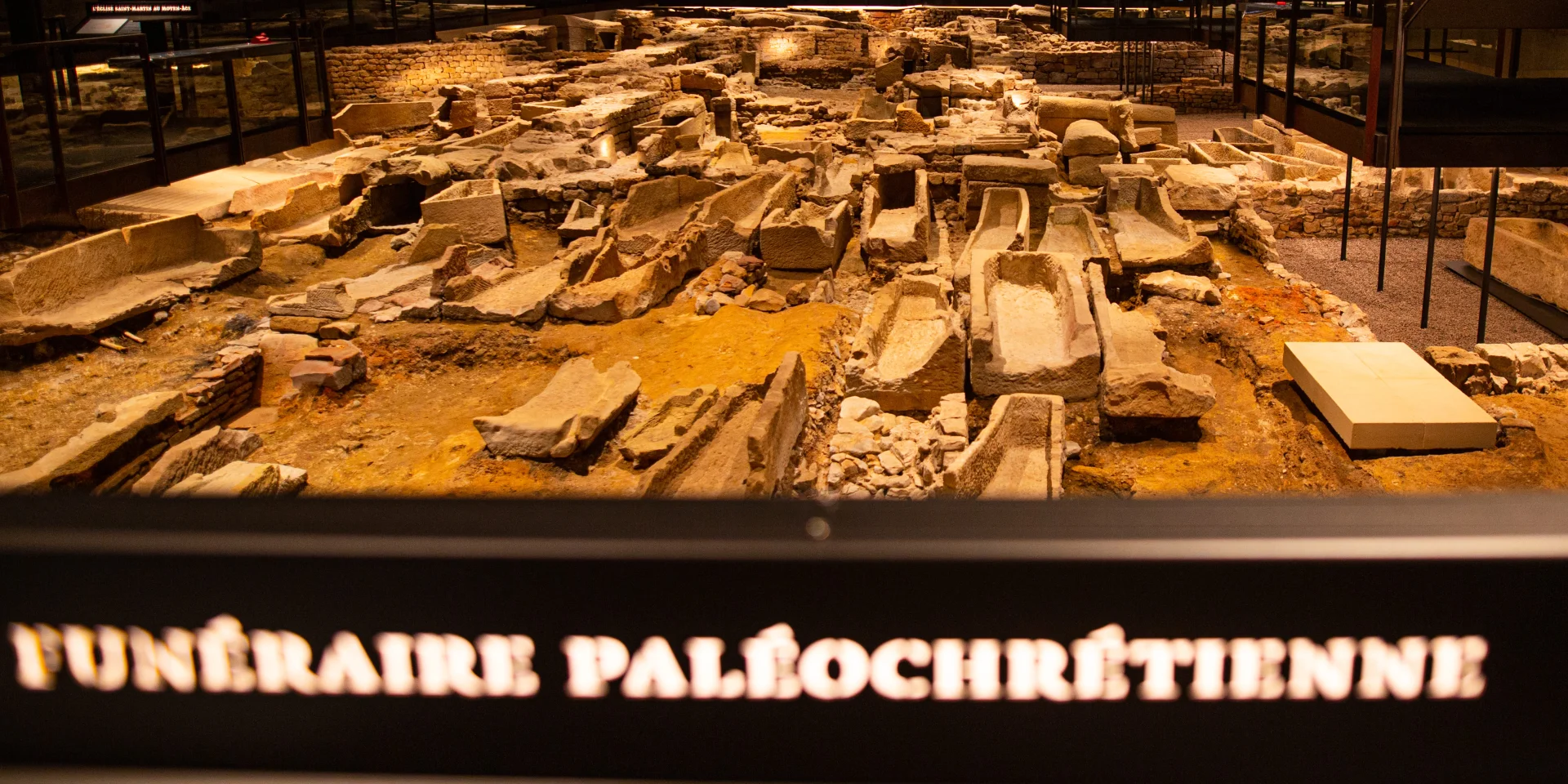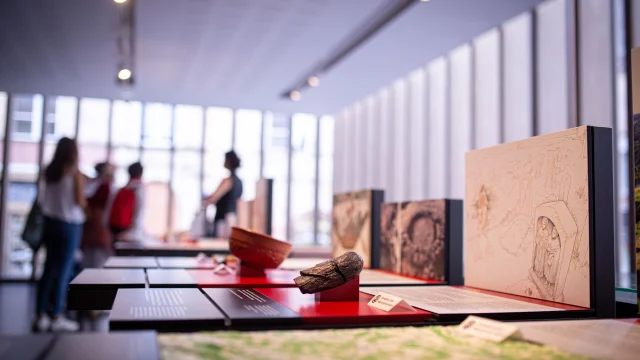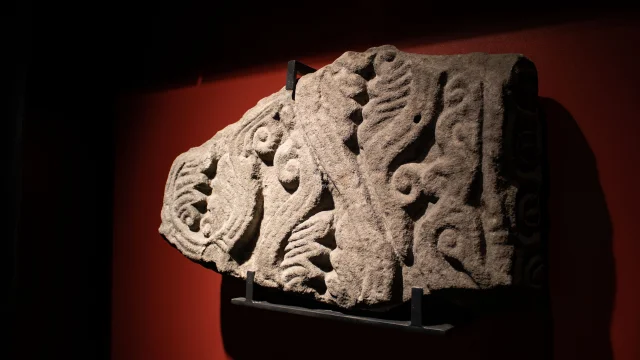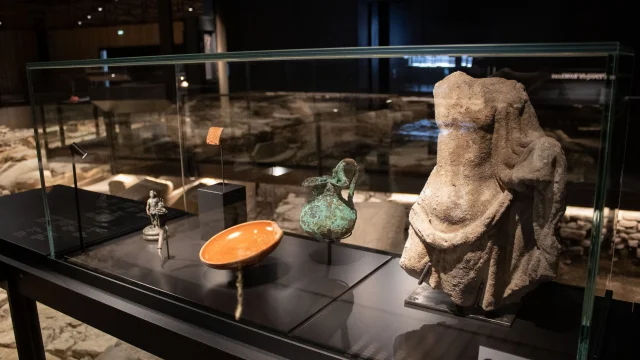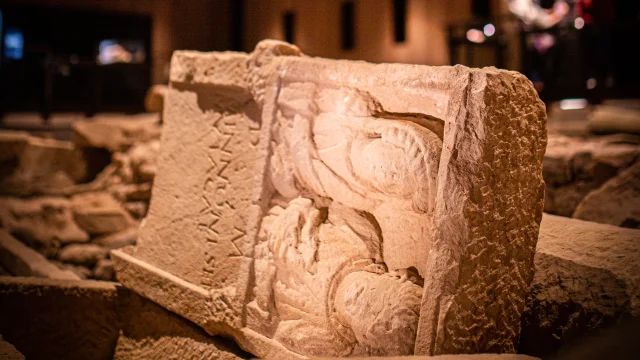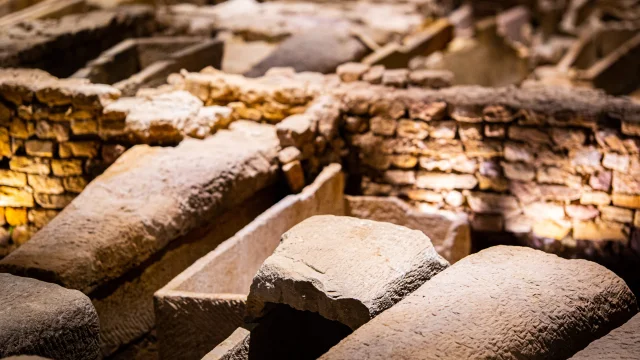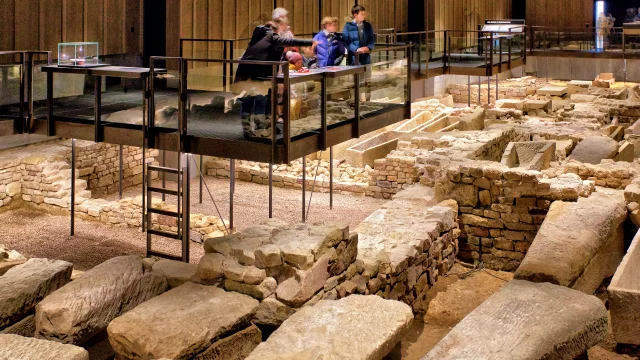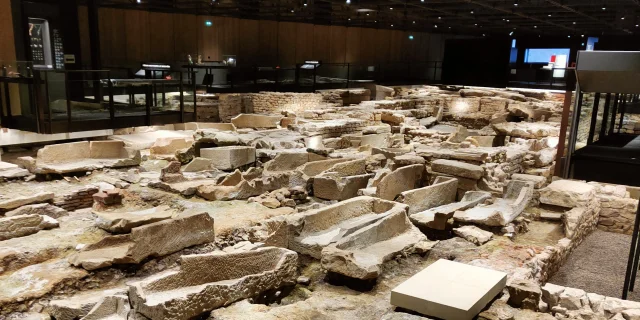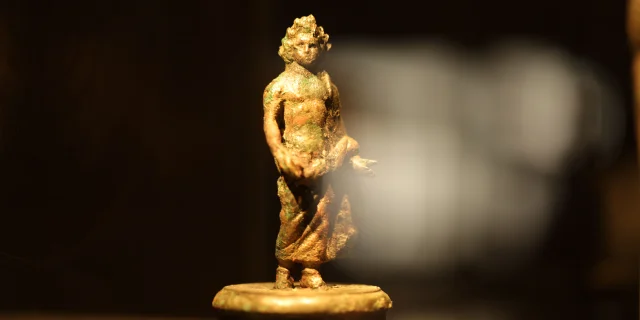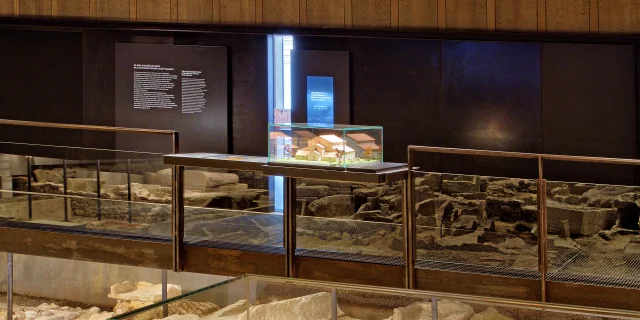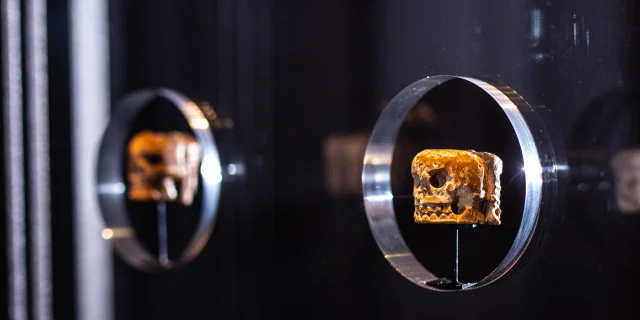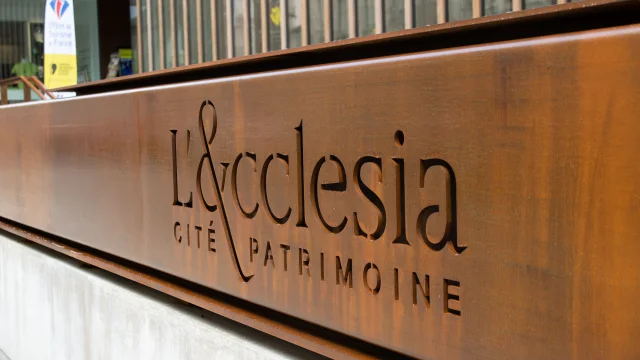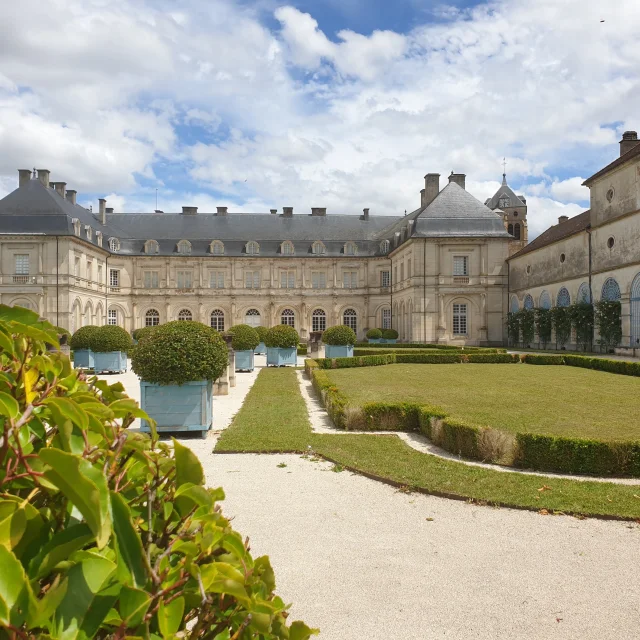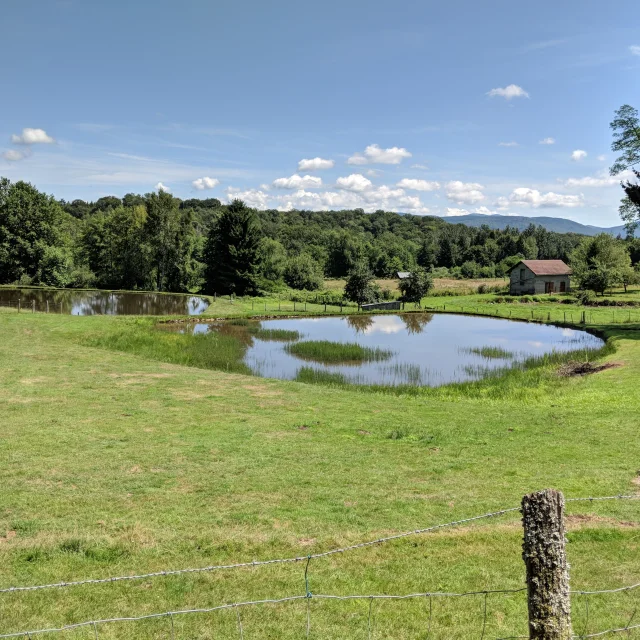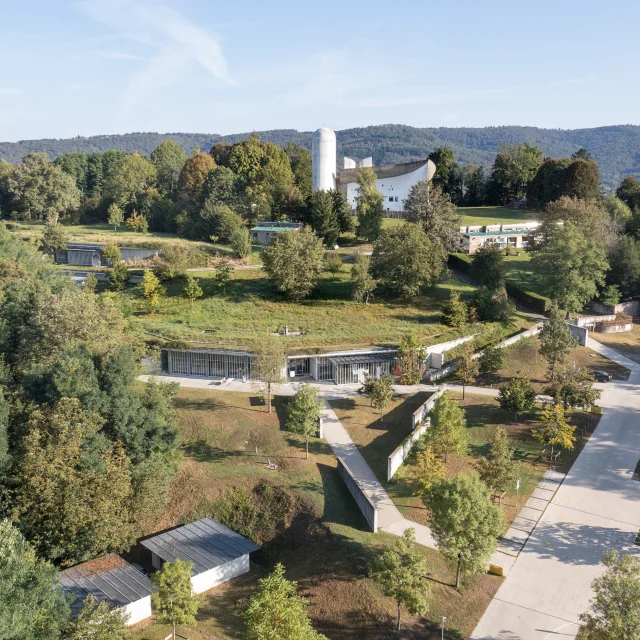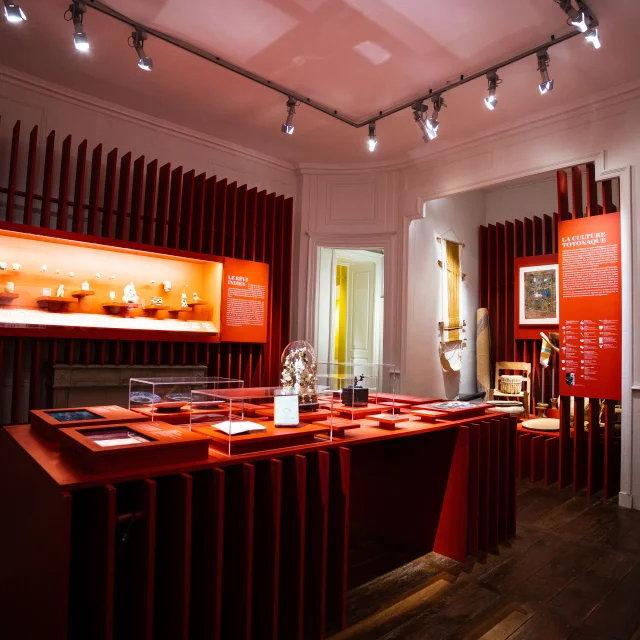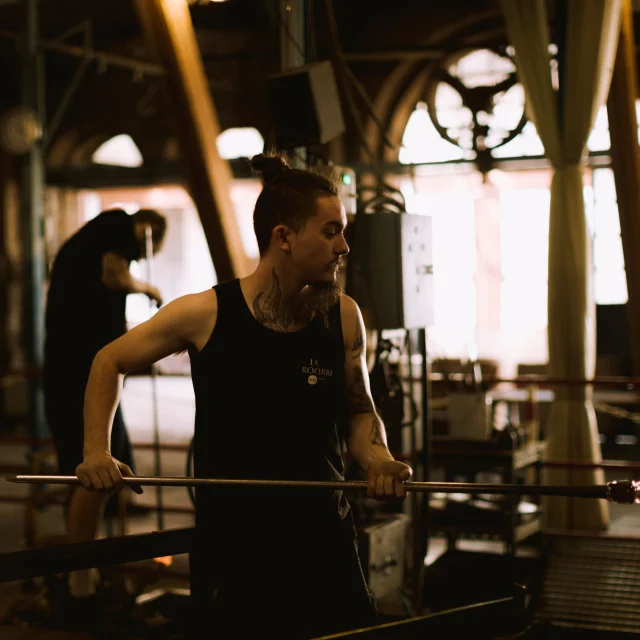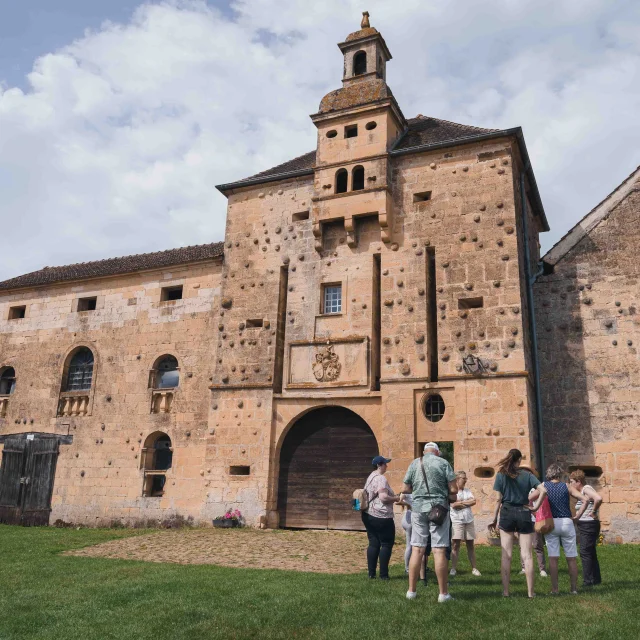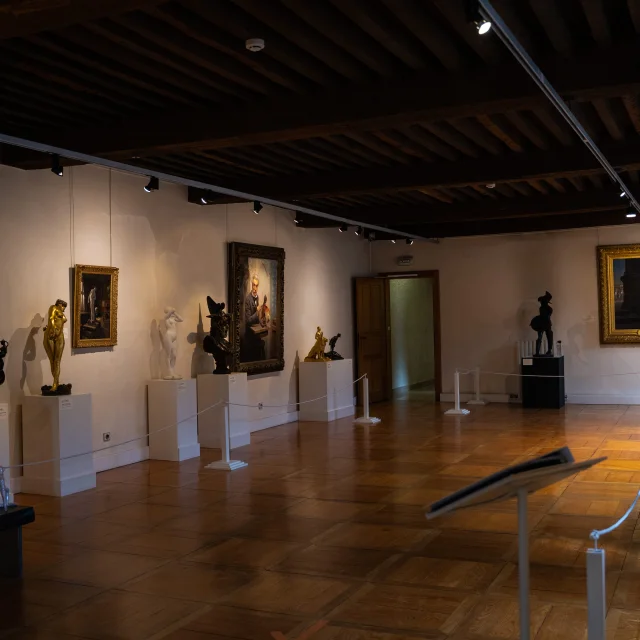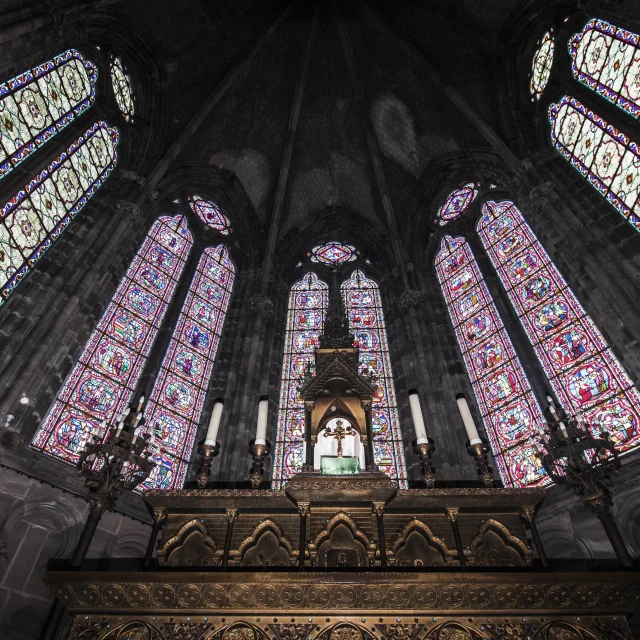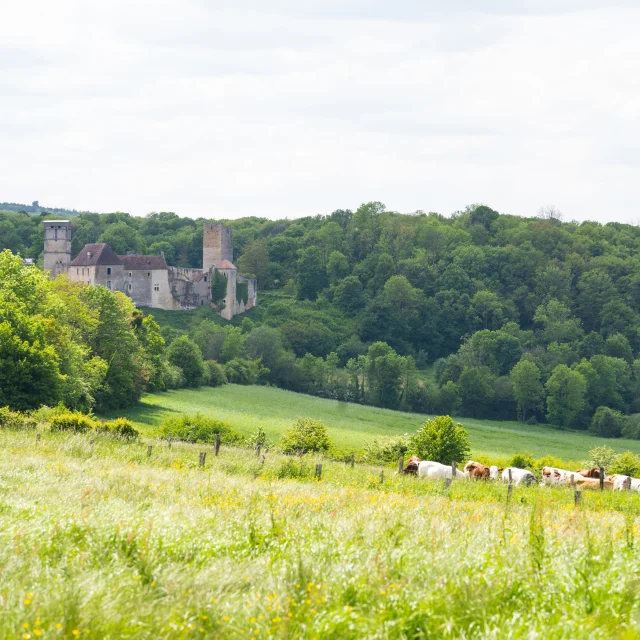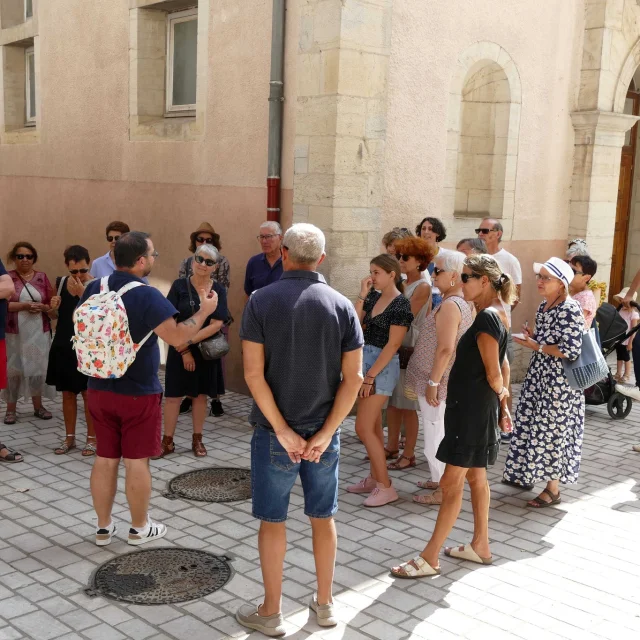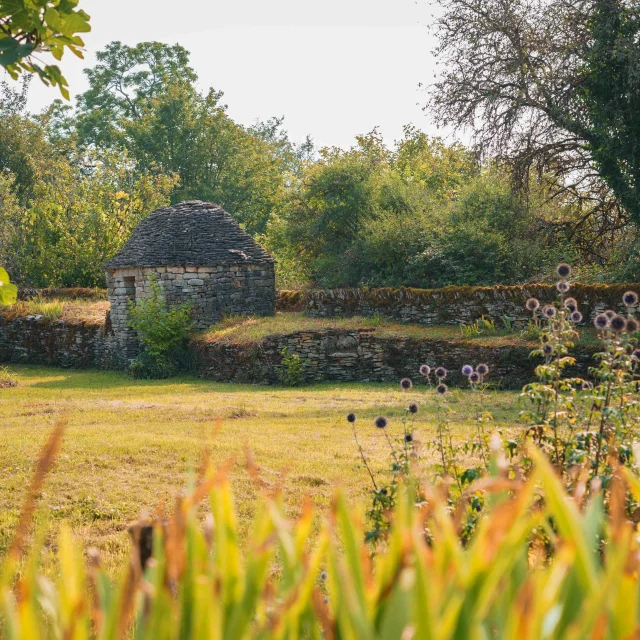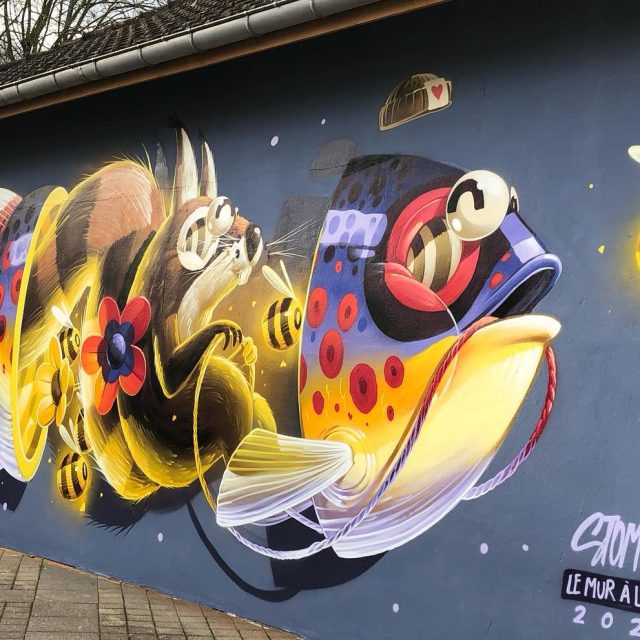The story of the &cclesia began in 2006, when Luxeuil-les-Bains was the scene of an exceptional heritage discovery: the remains of the church of Saint-Martin. After a decade of excavations and painstaking work, the &cclesia was born, with the aim of showcasing this unique heritage.
Once buried, the archaeological remains are now preserved and displayed in this contemporary building designed by Luxover architect Michel Malcotti.
But the &cclesia is not just an archaeological site, it’s also a dynamic cultural centre that houses theTourist Office. This modern 700 m² facility showcases one of the most important Merovingian sites in Europe. Excavations carried out between 2005 and 2015 revealed historical treasures ranging from Antiquity to the French Revolution, making the &cclesia an exceptional museum.
The site’s unique features include 150 sarcophagi, the former church of Saint-Martin and the crypt of Saint Valbert, all of which form an exceptional ensemble. The remarkable conservation of these remains, as well as their rarity, contribute to making this an archaeological site of unique value.
